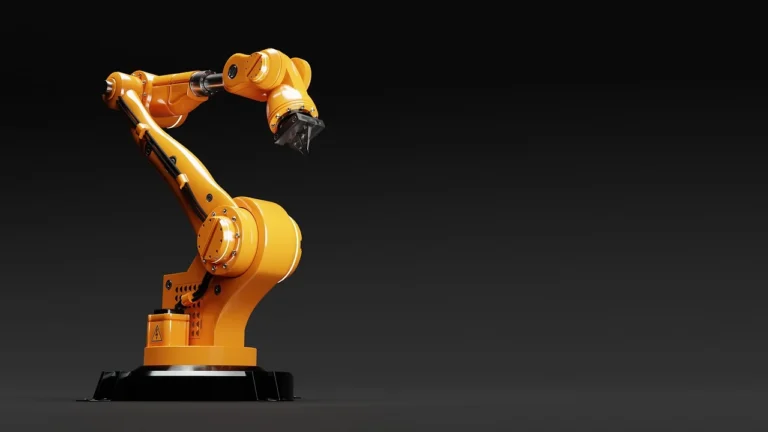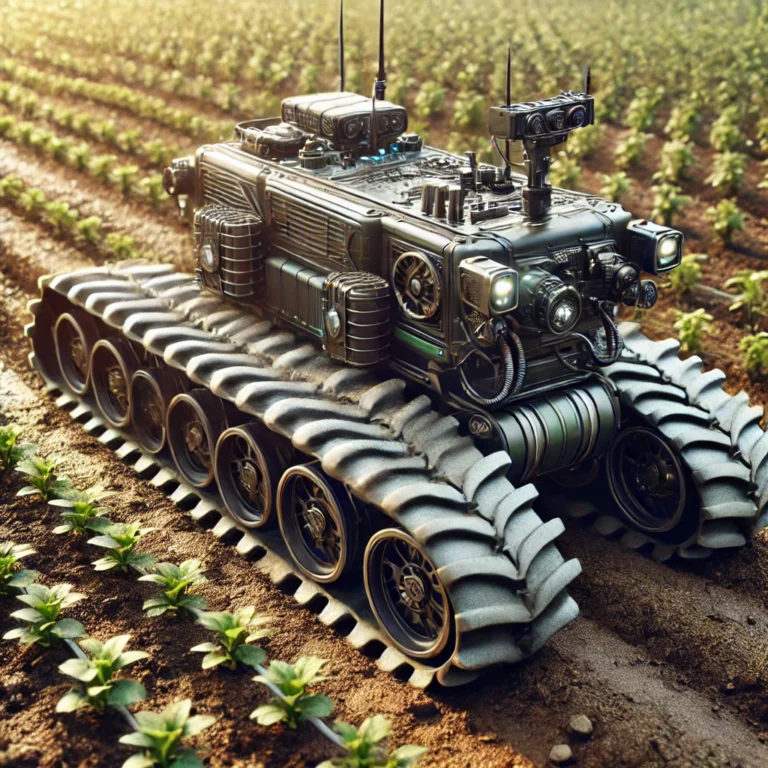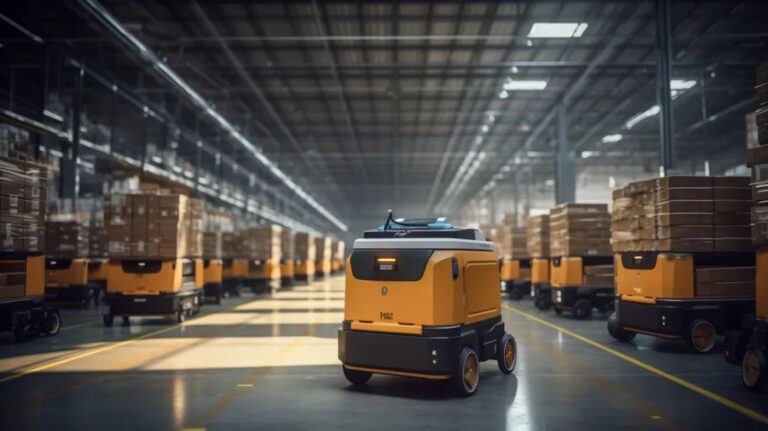We help the world since 2012

7 Effective Solutions for Robots Not Charging: Troubleshoot Your Power Supply Issues
Robots as one of the indispensable equipment for modern industries, loved by consumers, such as mobile robots and portable: like unmanned vehicles, robotic arms, service robots, sweeping robots and so on!
However, many users find that some robots do not charge at all.
CHONDA TECHNOLOGY will delve into the causes of this problem and provide effective solutions to help you use your robot better and save money.
1. Battery failure
Cause: Battery is the core energy source of the robot. If the battery is aging or damaged, the charging efficiency will be significantly reduced, or even unable to charge. After a period of time, the capacity of lithium batteries will gradually decrease, and there will be a slow charging speed or the power can not be stored. In addition, over-discharging or over-charging can cause irreversible damage to the battery.
Solution: Regularly checking the health of the battery is key to maintaining your robot. If you notice that the battery is swollen, hot, or rapidly losing power, it is recommended that it be replaced with a new battery as soon as possible. To avoid overcharging or discharging, it is recommended to use an intelligent charge management system to extend battery life.
2. Charger Problems
Cause: A faulty charger or damaged cable may also cause the robot to fail to charge. If the output power of the charger is insufficient, the plug is loose or the charging cable is frayed, the current cannot be transferred to the robot smoothly.
Solution: First, check the physical condition of the charger and cable to make sure there is no damage or fraying. Use a multimeter to test the output voltage of the charger to see if it is within the normal range. If possible, try replacing the charger or testing with a different cable to confirm if the problem is related to the charging device.
3. Connection Problems
Cause: Poor contact of the charging port is one of the common causes of charging failure. With increased use, the charging port may accumulate dust or become worn, resulting in a failure to transfer current smoothly. In addition, poor interface design or frequent plugging and unplugging may also cause poor contact.
Solution: Clean the charging port regularly to prevent dust or other impurities from blocking current transfer. Ensure that the plug fits perfectly into the connector and check that the connection is secure. If you find the interface is loose or damaged, replace or repair it promptly. Consider using a more durable dust-proof interface to improve reliability.
4. Robot software failure
Cause: The robot’s control software directly manages the battery and charging process. Faulty or misconfigured software can cause the charging function to fail. Common software problems include inaccurate battery level displays and incorrect charging algorithms.
Solution: First try restarting the robot, sometimes this can resolve temporary software issues. If the problem persists, check for available firmware or software updates and follow the manufacturer’s recommendations. If the problem persists after updating, it may be necessary to contact technical support for in-depth troubleshooting.
5. Unsuitable charging environment
Cause: The robot has certain requirements for the charging environment, especially in terms of temperature. If the ambient temperature is too high or too low during charging, it may affect the chemical reaction of the battery, resulting in reduced charging efficiency or even failure to charge. At extreme temperatures, the internal components of the battery are easily damaged.
Solution: Ensure that the robot is charging at a suitable ambient temperature, typically the recommended temperature range is 10°C to 30°C. Avoid charging in hot or cold environments, such as direct sunlight or outside in the cold. If the ambient temperature is not suitable, the robot can be moved to a moderate temperature for charging.
6. Over-discharge
Reason: If the battery has not been charged for a long time or is completely depleted, it may enter an over-discharged state, causing the battery to enter a “dormant” state. At this point, ordinary charging methods may not be able to effectively charge the battery.
Solution: For over-discharged batteries, you can use a professional low-current mode to slowly revive the battery, or use a specialized battery recovery device. If the charging device has a battery restoration function, you can also utilize this function to try to recover the battery. To avoid over-discharge, it is recommended to charge regularly, even if the robot is not used for a long time.
7. Internal circuit or hardware failure
Cause: The robot’s circuit board or other hardware components, such as the charge management chip or power module, may be damaged due to a short circuit, overload, or aging of the components, causing the robot to fail to charge properly.
Solution: If the charging problem cannot be solved after the above checks, it may be a hardware failure. In this case, it is recommended to contact the manufacturer or a professional repairer for a thorough inspection and repair. Avoid disassembling the device by yourself to avoid further damage
The above are the 7 solutions summarized by CHONDA TECHNOLOGY for the existing problems. If the charging problem still exists, it is recommended to seek professional technical support to ensure the service life and performance of the robot.
CHONDA INTERNATIONAL TECHNOLOGY CO., LTD is a rapidly growing international power supply company, service for world since 2012, mainly manufacture AC-DC Converters,DC-DC Converters and Transformers…




